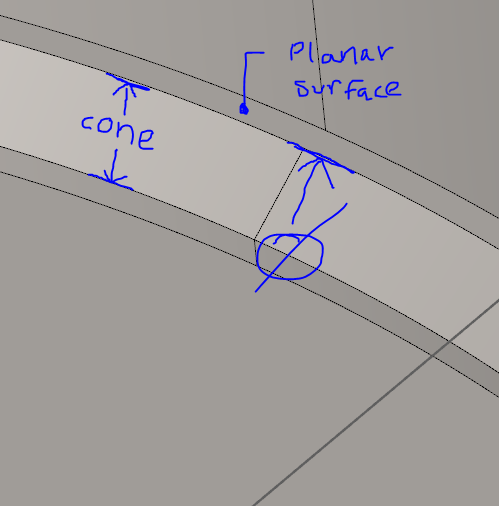I'm looking to capture a chamfer diameter where it meets a planar surface. I was wondering how a cast circle works from a cone feature and the accuracy. I have a chamfer diameter that I am trying to capture and I saw someone take a cone feature and create a constructed circle from it, using the cast option. The nominals of the constructed diameter look correct. Would this be an accurate way of reporting this dimension on a real part where there are deviations? Where does the Z come from in the cast surface? Trying to avoid having to take more points to create an intersection diameter. Please advise;

